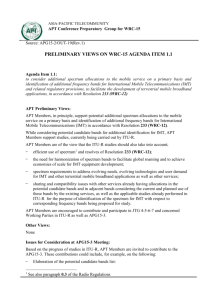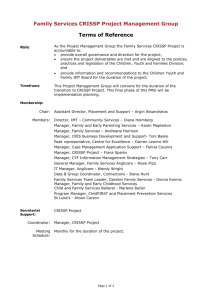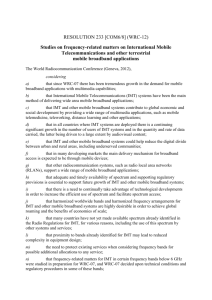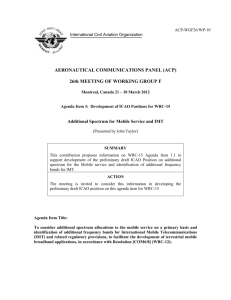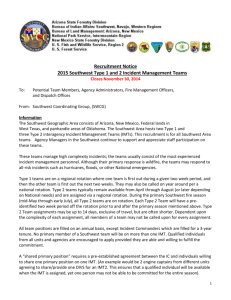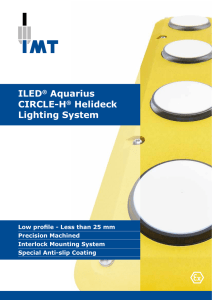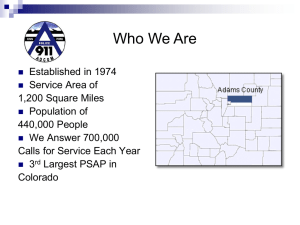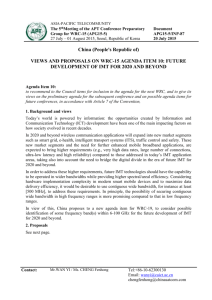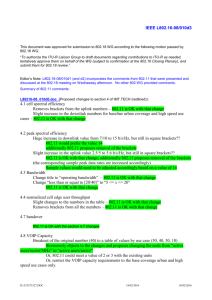Whatis5G_kk
advertisement
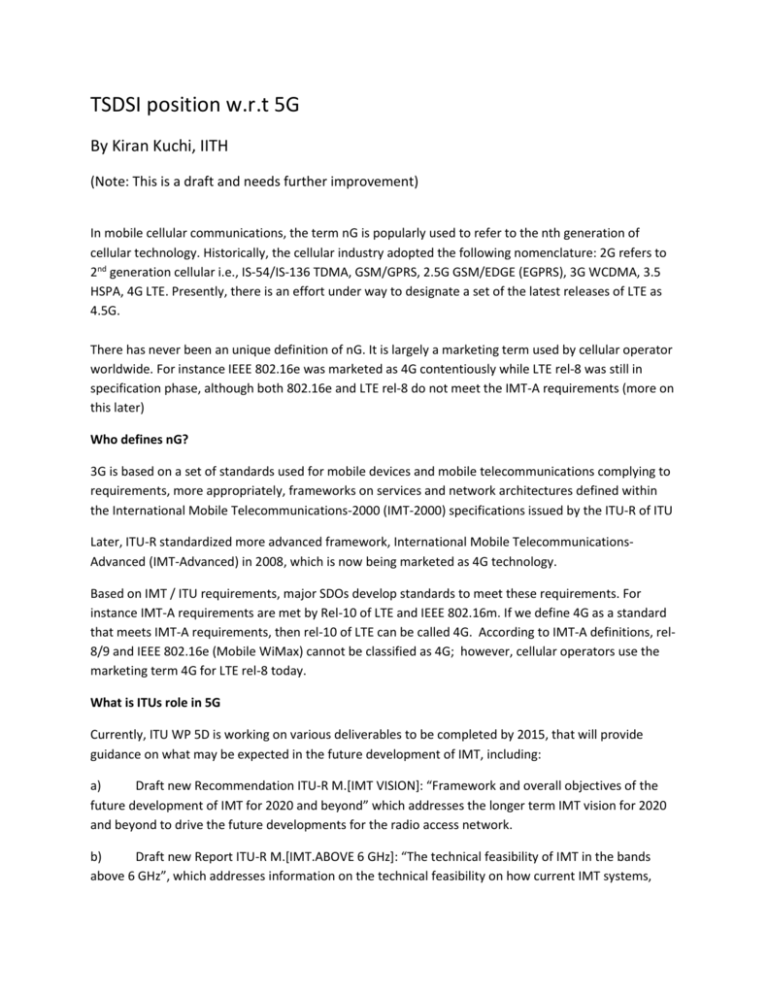
TSDSI position w.r.t 5G By Kiran Kuchi, IITH (Note: This is a draft and needs further improvement) In mobile cellular communications, the term nG is popularly used to refer to the nth generation of cellular technology. Historically, the cellular industry adopted the following nomenclature: 2G refers to 2nd generation cellular i.e., IS-54/IS-136 TDMA, GSM/GPRS, 2.5G GSM/EDGE (EGPRS), 3G WCDMA, 3.5 HSPA, 4G LTE. Presently, there is an effort under way to designate a set of the latest releases of LTE as 4.5G. There has never been an unique definition of nG. It is largely a marketing term used by cellular operator worldwide. For instance IEEE 802.16e was marketed as 4G contentiously while LTE rel-8 was still in specification phase, although both 802.16e and LTE rel-8 do not meet the IMT-A requirements (more on this later) Who defines nG? 3G is based on a set of standards used for mobile devices and mobile telecommunications complying to requirements, more appropriately, frameworks on services and network architectures defined within the International Mobile Telecommunications-2000 (IMT-2000) specifications issued by the ITU-R of ITU Later, ITU-R standardized more advanced framework, International Mobile TelecommunicationsAdvanced (IMT-Advanced) in 2008, which is now being marketed as 4G technology. Based on IMT / ITU requirements, major SDOs develop standards to meet these requirements. For instance IMT-A requirements are met by Rel-10 of LTE and IEEE 802.16m. If we define 4G as a standard that meets IMT-A requirements, then rel-10 of LTE can be called 4G. According to IMT-A definitions, rel8/9 and IEEE 802.16e (Mobile WiMax) cannot be classified as 4G; however, cellular operators use the marketing term 4G for LTE rel-8 today. What is ITUs role in 5G Currently, ITU WP 5D is working on various deliverables to be completed by 2015, that will provide guidance on what may be expected in the future development of IMT, including: a) Draft new Recommendation ITU-R M.[IMT VISION]: “Framework and overall objectives of the future development of IMT for 2020 and beyond” which addresses the longer term IMT vision for 2020 and beyond to drive the future developments for the radio access network. b) Draft new Report ITU-R M.[IMT.ABOVE 6 GHz]: “The technical feasibility of IMT in the bands above 6 GHz”, which addresses information on the technical feasibility on how current IMT systems, their evolution, and/or potentially new IMT radio interface technologies and system approaches could be appropriate for operation above 6 GHz, taking into account the impact of the propagation characteristics related to the possible future operation of IMT in those bands. ITU is expected to specify the technical requirements, service capabilities, and frequency bands as well as the timelines for IMT2020 The global SDOs are expected to develop specifications (standards) that meet these IMT2020 requirements within these specified timelines Note: The use of the term “IMT-2020” is a placeholder terminology and the specific nomenclature to be adopted for the future development of IMT is expected to be finalized at the Radio Communication Assembly 2015. What are the dominant underlying technologies of 5G? While there is no universally accepted definition for 5G, academia generally defines 5G as a new radio access technology that includes features like: a) Massive MIMO that uses a large number of antenna at the BS b) Tight interworking between cellular and WiFi and convergence between technologies operating licensed and unlicensed bands c) A new waveform optimized for wide-area high data-rate cellular as well as low data-rate IoT applications with support for ultra-low latency, large coverage, and low power consumption d) Support for very high data-rates using mmwave frequencies e) Services and application for IoT ITU-R expects to develop requirements that can be met using some or all of the above mentioned components 3GPP and 5G A keen observer will note that most of the aforementioned features will be supported in rel-13 of 3GPP standard. For instance, low cost MTC will support certain class of IoT services while a GERAN is presently conducting a study on the possibility of introducing a cellular IoT specification within GSM bands. Furthermore, Massive MIMO is being considered in RAN-1 rel-13 study item (SI): FD MIMO and tight interworking between cellular and WiFi is enabled both at IP level in rel-12 and at MAC level in rel-13. Rel-13 is in the process of defining a specification on LTE operation in unlicensed bands through LAA (License Assisted Access) SI. Most of the aforementioned academic definition of 5G will be met for frequency bands below 5GHz by Rel-13 of 3GPP. However, there is a need to develop a specification for bands above 5G possibly in mm wave bands as well. In summary, Rel-13 and most of the elements contained in the aforementioned academic definition of 5G i.e., a pre-5G standard will be available by 2017. The remaining requirements of IMT2020 will be met possibly by 2018-19 time frame. What 5G means to TSDSI 1) 5G is a marketing term. 2) ToRs of TSDSI SGs WGS to be nG agnostic. 3) TSDSI to align with ITU-R IMT2020 requirements as well as 3GPP rel-13 and its evolution, e.g. rel-14, rel-15, and so on. 4) Project Indian requirements in 3GPP specification drafting phase 5) The SGs and WGs of TSDSI develop contributions to 3GPP rel-13 and its further releases to support Indian requirements and needs. 6) Terms like 5G architecture and requirements shall not be used in TSDSI SGs and WGs. All references will be directed to 3GPP rel-13 and its evolutions (subsequent releases). For requirement collection, SGs and WGs will use ITU-R nomenclature i.e., IMT2000, IMT-A and IMT 2020
